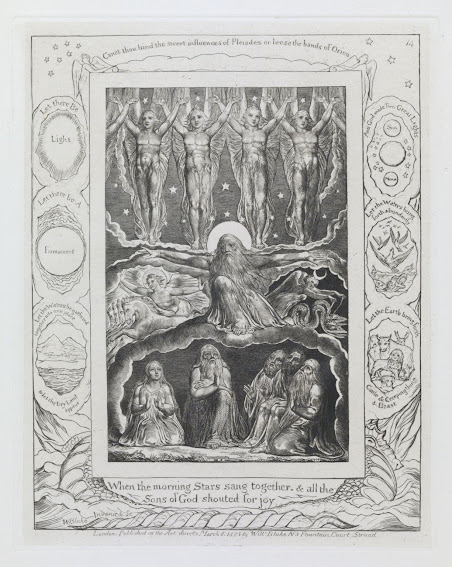The Art of Traditional Chinese Painting
The Art of Traditional Chinese Painting
Traditional Chinese painting is an ongoing tradition that is similar to calligraphy. It is done with colored inks and a brush. These works typically showcase exquisite line work. Today we will learn about this art style by looking at the work of three artists each from a different era.
This scroll was done by Han Gan around the year 750. It is titled "Night Shining White". This work is monochromatic, but not all works of this style are. It shows fine line work and shading on the horse's front and legs. There is a great expression on the creature's face as well. This gives the piece energy and mood. In Chinese Painting, animals are not meant to be anatomically correct, but rather hold a certain spiritual aspect. (wikipedia)
This next piece is was also done on a hand scroll. Artist Wang Ximeng created "One Thousand Li of Rivers and Mountains" in the late 11th or early 12th century during the Song Dynasty (960 - 1279) (comuseum.org). It looks entirely different from our first example at first, but with a closer look, one can see that the line and ink work share similar characteristics. The use of such vibrant blue and green make this piece iconic. I feel as if these mountains are pushing above green clouds or a mist. The scroll itself has some varying colors that add to the serene mood of this work.
I have saved my favorite for last. This one is more modern, having been made in in the years 1981 - 1983 by Zhang Daqian. It shows yet another unique but similar work of art to its predecessors. It depicts a landscape in which one can feel fully immersed in. It has been described as having an ethereal quality.
Chinese Painting uses fantastic line work and is usually painted on scrolls or fans. This art style can take on many different looks, but can be recognized mainly through its fine brushstrokes and lines and in the inks that are the normal medium. Though there is much variation in the modern works of this style, they all carry on the traditional style of Chinese Painting that has been a blessing to the world for many centuries.
Sources






Hi Jack,
ReplyDeleteThe third work you exhibited by Zhang Daqian is mesmerizing. The adventurous side of my brain wants to know what’s in the void in the middle. The blues and greens are soothing and remind me of the Northern Lights or even some deep space nebula. You almost can’t help but get lost. I also read that the Panorama of Mount Lu by Zhang Daqian is 32 ft long on was composed at a table on a hand scroll (Brennan)! Thank you for sharing.
Brennan, Dr. Kristen Loring. Zhang Daqian, Panorama of Mount Lu. n.d. 5 August 2024. .
https://smarthistory.org/zhang-daqian-panorama-mount-lu
ReplyDeleteI don't know why the citation didn't include the link
Hello Jack,
ReplyDeleteGreat job on your theme, I love this blog post. It is so different from everything I have seen. I would have to say my favorite of the three is for sure the second painting by Wang Ximeng. Wang used some unexpected colors which create that mood you mentioned. I think my favorite color in paintings has become blue after reviewing all of the artwork throughout this class. You can definitely "feel" the blue in a lot of paintings.
Thanks for sharing these pieces Jack!
Hi, Jack
ReplyDeleteI agree that you saved the best for last. The line work is incredible, it creates so much depth where us viewers can look for miles, the gray with the contrasting blue makes it a calming piece. This is something I personally would love to own. I enjoy getting lost in nature and this piece is easy to get lost in. My eyes don't know where to focus and makes me wonder what's in the valleys.
Hey Jack, I really enjoyed reading your blog post about non-western art. It's fascinating to learn about different artistic traditions and cultural perspectives from around the world. I agree with you that exploring non-western art can broaden our understanding of art and human expression. It's important to appreciate the diversity and richness of artistic traditions beyond the Western canon. Looking forward to reading more of your insights on this topic!
ReplyDelete